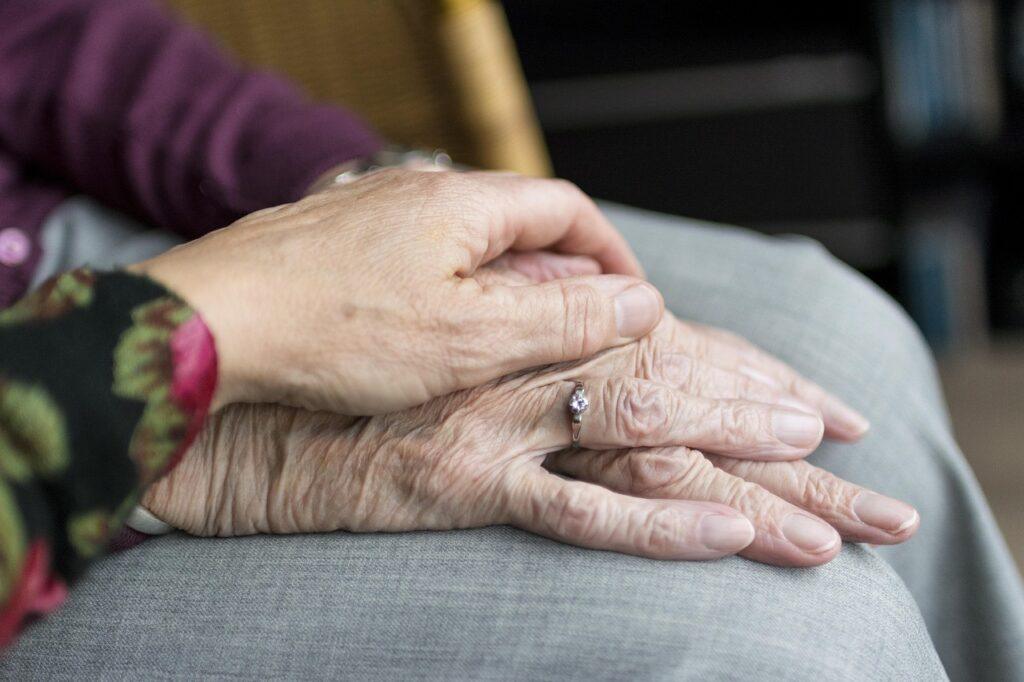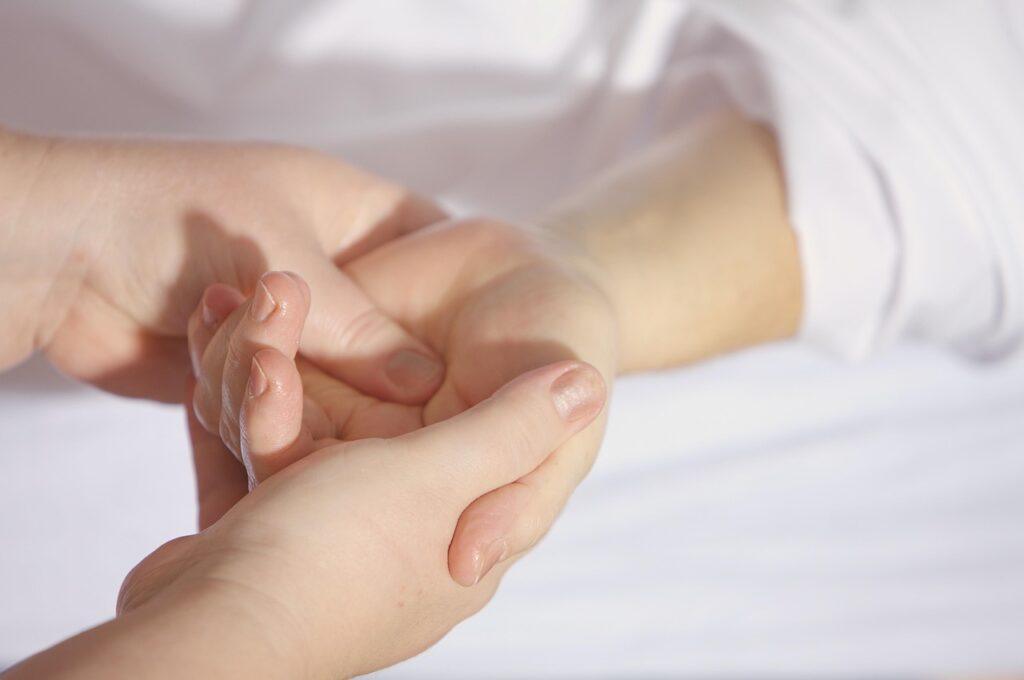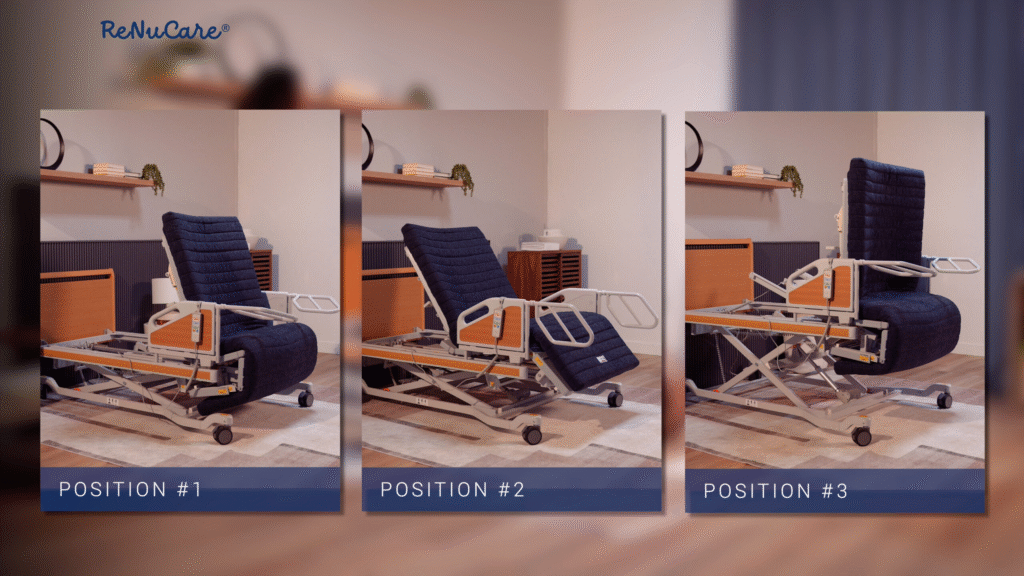
Benefits of Standing Beds in Long-Term Care Facilities
In long-term care facilities, patient comfort, mobility, and overall well-being are top priorities. As healthcare technology continues to evolve, one innovation making a meaningful impact is the standing bed—a medical bed that supports patients in an upright or semi-upright position with ease and safety. These beds are becoming increasingly essential for patients who are bedridden or have limited mobility, as they offer a range of physical and psychological benefits that traditional beds cannot provide.
Standing beds help promote circulation, reduce the risk of pressure sores, and support respiratory health by allowing patients to adopt a more vertical posture. This upright position also aids in digestion and bladder function, which can be compromised during prolonged periods of lying down. For patients recovering from surgery, strokes, or chronic conditions like muscular dystrophy or spinal cord injuries, standing beds can play a critical role in rehabilitation by encouraging weight-bearing and muscle engagement in a controlled, secure manner.
Beyond the physical advantages, standing beds contribute to emotional and mental wellness. Being able to see the room from a standing perspective, make eye contact with visitors, and engage more actively with their environment can boost morale and reduce feelings of isolation or helplessness. This can be particularly impactful in elderly patients or those coping with long-term immobility.
As the demand for quality care continues to grow, incorporating standing beds into long-term care strategies not only enhances the standard of care but also supports a more dignified and empowering experience for patients.

1. Improved Circulation and Pressure Relief
Extended periods of lying down can lead to poor blood circulation and significantly increase the risk of pressure ulcers (bedsores), which are not only painful but can also lead to serious infections and prolonged hospital stays. Standing beds promote healthy blood flow by allowing patients to shift their weight and be repositioned safely and comfortably throughout the day. By gently elevating the patient into a standing or partially standing position, these beds help:
- Reduce the development of pressure injuries by alleviating constant pressure on vulnerable areas like the hips, tailbone, and heels.
- Improve lower body circulation, which can help maintain tissue health and prevent blood clots or vascular complications.
- Minimize swelling in the legs and feet (edema) by encouraging natural gravitational drainage and muscle activity.
This enhanced circulation is especially crucial for long-term care residents, particularly those with chronic conditions such as diabetes, cardiovascular disease, and limited mobility. Better blood flow supports faster healing, reduces the likelihood of secondary complications, and contributes to greater energy and overall physical function.
Additionally, regular positional changes facilitated by standing beds may decrease the need for frequent manual repositioning by caregivers, reducing strain on staff and promoting more consistent care routines. In this way, standing beds not only improve patient outcomes but also support more efficient caregiving practices in long-term care environments..

2. Enhanced Respiratory and Digestive Function
Lying flat for extended periods can impair lung expansion and hinder proper digestion, both of which are critical concerns in long-term care settings. Limited mobility and prolonged bedrest can lead to shallow breathing, mucus buildup, and a higher risk of respiratory complications. Standing beds, by enabling patients to maintain a more upright or partially elevated position, support improved respiratory function and help reduce the risk of pneumonia or aspiration—two common and potentially life-threatening conditions among long-term care residents.
A more vertical posture can also assist with:
- Easier breathing and lung drainage by allowing the diaphragm to expand more fully and helping mucus drain naturally from the lungs, reducing the risk of infections like bronchitis or pneumonia.
- Better digestion and reduced risk of acid reflux or constipation, as gravity aids in the natural movement of food through the digestive tract and minimizes gastrointestinal discomfort.
- Enhanced ability to eat and drink comfortably, making mealtimes safer and more enjoyable for patients who might otherwise struggle with swallowing (dysphagia) or be at risk of choking while lying down.
- Improved voice and communication for patients with respiratory or neurological conditions, as an upright posture supports better breath control and vocal clarity.
These physiological improvements contribute not only to better health outcomes but also to a higher quality of life. Patients may feel more alert, engaged, and independent when they are not confined to a flat position, and caregivers benefit from a safer, more effective care environment. By integrating standing beds into long-term care facilities, providers can more holistically support the physical and emotional needs of their residents.

3. Boosted Mental Health and Cognitive Engagement
Being upright does more than just benefit the body—it also plays a powerful role in enhancing mental and emotional well-being. When patients are positioned vertically, even for short periods throughout the day, they tend to feel more connected, aware, and in control. This small but meaningful shift in posture can significantly improve mood, cognitive stimulation, and quality of life.
For residents who spend most of their time in bed, standing beds provide:
- A change in scenery and perspective, allowing patients to visually engage with their environment, observe daily activities around them, and feel less confined or isolated.
- Opportunities for more social interaction, including easier eye-level conversations with caregivers, family members, and fellow residents, which can foster a stronger sense of connection and community.
- A sense of dignity and independence, as standing beds allow patients to participate more actively in daily routines and maintain a feeling of autonomy, even when mobility is limited.
- Improved cognitive engagement, as being upright can stimulate brain function, increase alertness, and potentially support memory and attention—especially important for patients with dementia or other cognitive impairments.
Over time, these psychological benefits can help reduce feelings of isolation, helplessness, anxiety, and depression, all of which are common challenges in long-term care settings. Feeling “stuck in bed” can be deeply demoralizing, but standing beds introduce a valuable sense of movement and normalcy that promotes emotional resilience and overall mental health.

4. Support for Physical Therapy and Recovery Goals
Standing beds serve as a powerful tool in physical rehabilitation by enabling safe, supported standing and gradual reconditioning of the body. For many long-term care residents, the inability to stand independently can lead to rapid physical decline. Standing beds provide a controlled environment that allows for gentle weight-bearing, helping patients regain strength, maintain musculoskeletal health, and meet important recovery milestones.
They are particularly beneficial for:
- Patients recovering from strokes, surgeries, or spinal injuries, as these beds help simulate natural standing and promote neuro-muscular re-education.
- Residents with chronic mobility impairments, including those with neurological disorders like multiple sclerosis, Parkinson’s disease, or cerebral palsy, who need consistent support to prevent further decline.
- Individuals at risk of muscle atrophy or osteoporosis, as standing stimulates bone density through mechanical loading and helps preserve muscle mass in the lower extremities.
By facilitating passive or assisted standing, these beds help improve balance, coordination, and range of motion over time. They also stimulate the cardiovascular system, preparing patients for future mobility or transfer training.
With adjustable controls, secure harness systems, and built-in safety features, standing beds minimize the risk of injury while reducing the physical demands placed on caregivers and therapists. This allows for more frequent, consistent therapy sessions that can be easily incorporated into the patient’s daily care routine without requiring extensive manpower or equipment.
Additionally, incorporating standing beds into a rehabilitation plan can boost patient confidence and motivation. When patients feel safe and supported during therapy, they are more likely to participate willingly, leading to better outcomes and a smoother path to recovery.

5. Caregiver Efficiency and Safety
For caregivers, transferring and repositioning patients is one of the most physically demanding aspects of daily care. These repetitive tasks can lead to back injuries, muscle strain, and long-term physical wear, especially in long-term care settings where staff are often responsible for multiple residents. Standing beds help alleviate this physical burden by introducing supportive features that make patient handling safer and more efficient.
Standing beds reduce this burden by allowing:
- Easier repositioning with adjustable angles and heights, enabling caregivers to move patients into upright or reclined positions without excessive lifting or twisting.
- Safe transfers using remote-controlled features, which provide smooth transitions that minimize sudden movements and reduce the need for manual effort.
- Reduced physical strain during hygiene tasks, dressing, and physical therapy routines, as caregivers can access the patient more comfortably and work at ergonomic heights.
- Improved body mechanics, allowing staff to provide care in safer, more controlled postures that reduce the risk of acute and cumulative injuries.
By lowering the physical demands of caregiving, standing beds also help reduce caregiver fatigue and burnout—two major challenges in long-term care facilities. This not only benefits staff well-being and job satisfaction but also enhances consistency and quality of care for residents.
Ultimately, standing beds foster a safer, more supportive care environment where caregivers can focus on meaningful interactions and therapeutic care, rather than struggling with physical strain. This results in better outcomes for both caregivers and residents, supporting long-term sustainability in caregiving practices.

Final Thoughts
Standing beds are more than just a comfort upgrade—they represent a strategic investment in resident health, caregiver efficiency, and the overall quality of care provided within long-term care facilities. By supporting mobility, circulation, respiratory health, and cognitive engagement, standing beds address some of the most persistent challenges faced in these environments. Their multifunctional design not only enhances the daily lives of residents but also streamlines caregiving routines and reduces staff strain.
Facilities that integrate standing beds into their care model are not only improving clinical outcomes and patient satisfaction but are also positioning themselves as leaders in compassionate, evidence-based, and future-focused care. These beds support a more holistic approach to long-term care, where dignity, mobility, and well-being are prioritized alongside safety and efficiency.
As the aging population grows and care expectations continue to evolve, standing beds are helping to redefine the standard for high-quality, person-centered care. Their inclusion signals a commitment to innovation, wellness, and the continuous improvement of the resident experience, making them an essential tool for any forward-thinking healthcare facility.
References
Scoping Review on Bedriddenness in Long-Term Care
https://www.ncbi.nlm.nih.gov/pmc/articles/PMC11823601/
Pressure Ulcer Prevention and Management – AHRQ Guidelines
https://www.ncbi.nlm.nih.gov/books/NBK2650/
Development and Clinical Evaluation of a Standing Bed for Stroke Patients (J-STAGE)
https://www.jstage.jst.go.jp/article/jrobomech/33/4/33_887/_pdf
Biomechanical Analysis of Device-Assisted Patient Lifting – arXiv Preprint
https://arxiv.org/abs/2402.09479
Standing frame use in people with spinal cord injury: Systematic review
https://journals.sagepub.com/doi/10.1177/0269215520926268
Wide, height-adjustable beds in LTC may reduce falls and improve safety
https://www.iadvanceseniorcare.com/wide-beds-added-inches-added-safety/


